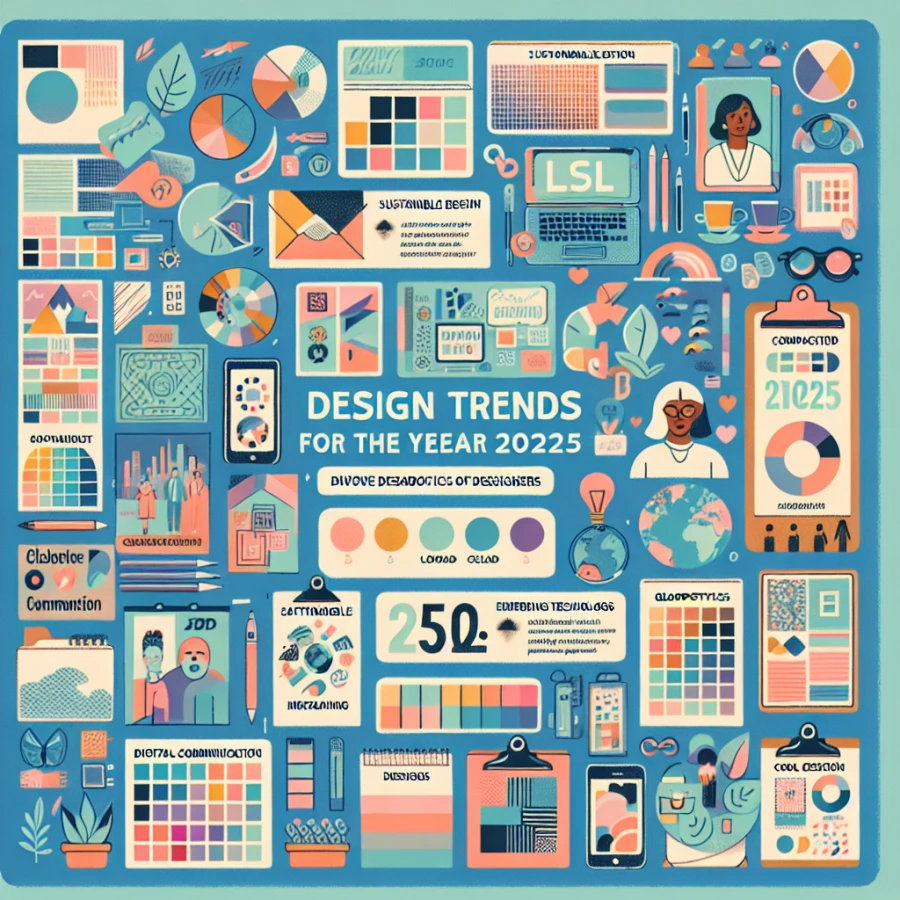The Role of Typography in Building Strong Visual Identity
Typography does more than make words readable—it gives a brand a distinct voice, signals values, and builds recognition at a glance. From a logo mark to microcopy in an app, type choices shape how people feel and navigate your brand.
Type is the voice of your brand
Letterforms carry emotion. The right family can suggest craft, innovation, or authority before a single sentence is read.
- Serifs often convey tradition, credibility, and editorial depth.
- Sans‑serifs signal clarity, modernity, and efficiency.
- Display faces add personality for headlines but rarely suit long text.
- Monospaced or tech fonts can evoke engineering and precision.
Consistency in tone matters: if your wordmark is refined but your UI uses a casual display font, the brand risks sounding off-key.
Hierarchy and readability shape experience
Great typography guides attention. Size, weight, spacing, and color establish a visual path so users grasp what matters first.
- Scale: Use a clear type scale (e.g., 12–14–18–24–32) to ladder information.
- Contrast: Combine weight, size, and color—not all at once—to create hierarchy.
- Rhythm: Line height and paragraph spacing improve flow and scannability.
- Measure: Keep line length comfortable (45–75 characters) to reduce fatigue.
Consistency across touchpoints builds trust
A strong identity looks and feels the same everywhere—site, app, ads, decks, and print. Define brand-wide rules and fallback fonts for web and email. Support international markets with robust character sets and right‑to‑left options when needed. Accessibility is non‑negotiable: ensure sufficient contrast, scalable sizes, and legible weights.
Practical steps to build your typographic system
- Define brand personality and audience: list attributes (e.g., bold, caring, premium) to guide selection.
- Select a primary typeface and a complementary secondary; check licensing, language support, and variable font options.
- Create a modular scale with tokens for headings, body, captions; set line heights and spacing rules.
- Establish usage: pairings, weights, alignment, link styles, numerals, and accessibility standards.
- Document in a style guide and test in real contexts (mobile, print, dark mode, low bandwidth).
When typography aligns with strategy and is executed consistently, it turns ordinary words into a distinctive, memorable identity—one users recognize, trust, and enjoy.




